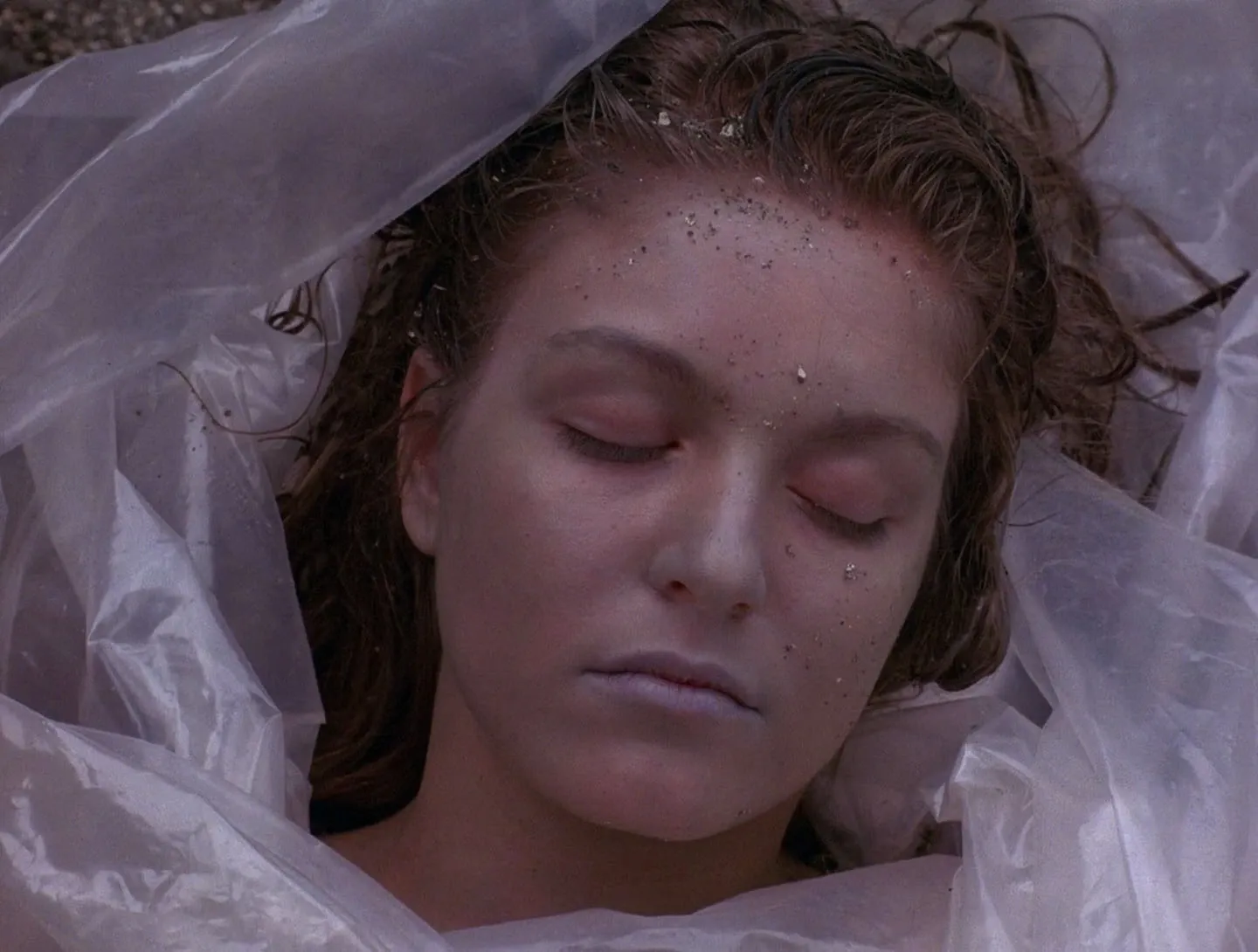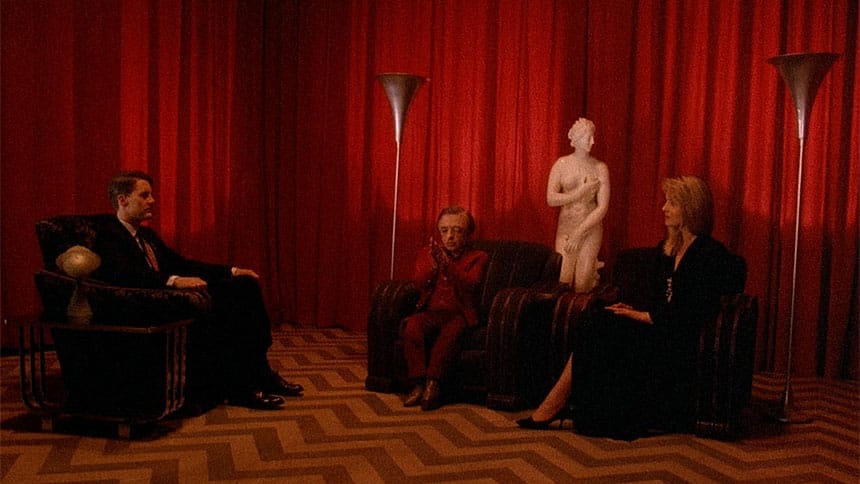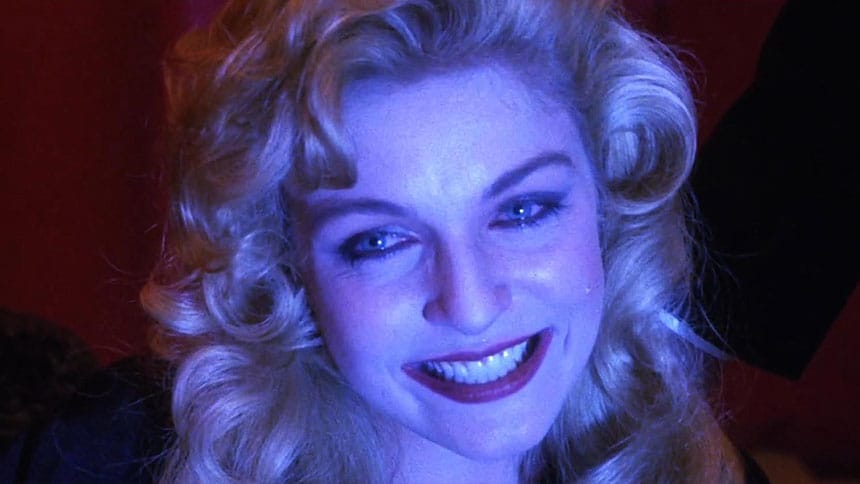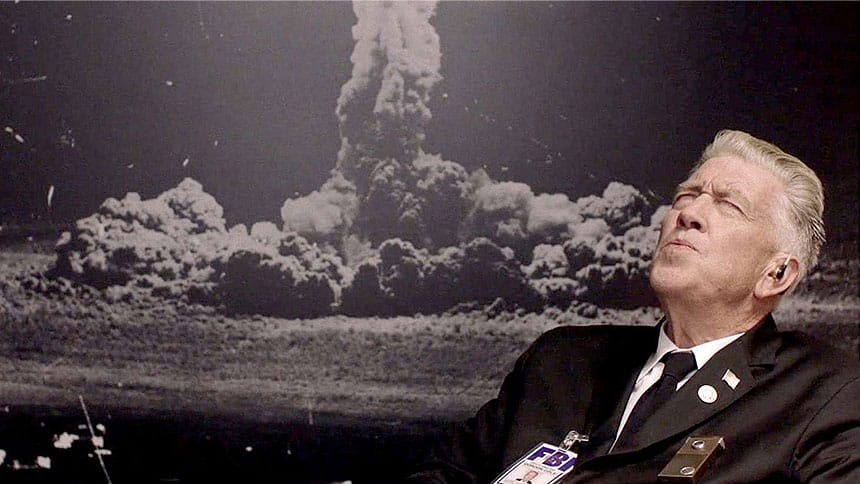Twin Peaks: Only in Dreams

Created by David Lynch and Mark Frost, Twin Peaks (1990-1991, 2017) was a groundbreaking television series that redefined the small screen with its surreal blend of mystery, horror, and soap opera melodrama.
Set in the idyllic Pacific Northwest town of Twin Peaks, the show begins with the tragic murder of homecoming queen Laura Palmer (Sheryl Lee), an event that unearths the town’s dark secrets. As FBI Special Agent Dale Cooper (Kyle MacLachlan) investigates, the narrative spirals into a dreamlike exploration of good and evil, the supernatural, and the secrets lurking beneath small-town America’s wholesome facade.
But here's the thing... Twin Peaks is not just dreamlike — it is a dream. From its first episode, the series operates on a logic that defies conventional reality, immersing the viewer in a world where time is fluid, identities shift, and the boundaries between waking life and the unconscious dissolve. Lynch, known for his fascination with the unconscious mind (ERASERHEAD, BLUE VELVET, LOST HIGHWAY, MULHOLLAND DRIVE), doesn't just use dream sequences as a narrative device—he builds an entire reality that follows the unpredictable, often unsettling rules of a dream.

Twin Peaks: The Dream
One of television's most famous dream sequences appears in the third episode of Twin Peaks’ first season when Cooper dreams of the Red Room. This otherworldly space, where the Man From Another Place (Michael J. Anderson) speaks in reversed English and Laura Palmer whispers a cryptic message, perfectly encapsulates Lynch’s approach to dreams. Rather than serving as a simple plot device, the dream exists as its own reality—one that Cooper must decipher but also live within.
As Cooper himself puts it: “I had a dream last night. I was in a red room with a little man… he told me that my favorite gum was going to come back in style.” It is not merely a glimpse into the subconscious but an indication that Twin Peaks follows dream logic. Laura's best friend, Donna Hayward (Lara Flynn Boyle), describes the duality of this existence: "It's like I'm having the most beautiful dream... and the most terrible nightmare, all at once."
Throughout the original series, Major Garland Briggs (Don S. Davis) emerges as one of the most enigmatic figures, embodying military precision and deep spiritual insight. Unlike many in Twin Peaks, Briggs seems to possess an awareness of the town’s dreamlike nature. His cryptic statements and mysterious encounters—such as his disappearance into the White Lodge—position him as a guardian, navigating between waking reality and higher planes of existence.
The presence of Invitation to Love, a melodramatic soap opera playing in the background throughout Season 1, further emphasizes this theme. It is a television show within a television show, a reflection of the heightened, artificial nature of Twin Peaks itself. Just as the characters in Twin Peaks seem to be trapped in looping cycles of fate and identity, the actors in Invitation to Love are locked into their exaggerated roles—perhaps mirroring the way dreams force us to replay emotions and experiences in strange, symbolic ways.
Bob Engels, a writer on Twin Peaks and co-writer of Fire Walk With Me, acknowledged the importance of dreams to the show’s structure: "The healthiest way to look at it is that it’s all a dream. When you have a dream, time is almost irrelevant. It bounces all over. It was all dreamlike, and you can bounce around so easily because that’s how the series was designed."
This dreamlike nature is embedded in everything from the show’s nonlinear storytelling to its uncanny atmosphere. Cooper even describes how dreams function biologically: “Acetylcholine neurons fire high-voltage impulses into the forebrain. The impulses become pictures, the pictures become your dream. But no one knows why we choose these particular pictures.”
Deputy Hawk (Michael Horse), sharing an Indigenous Blackfoot legend, suggests a deeper metaphysical explanation: “A waking soul gives life to the mind and body. A dream soul wanders.” When Cooper asks, “Dream souls... where do they wander?” Hawk’s response is chilling: “In the land of the dead.”

Fire Walk With Me: The Nightmare
If the original series presents Twin Peaks as a dream, then Lynch's 1992 prequel film, Fire Walk With Me, is the nightmare beneath it. The film shifts the focus from Cooper’s dream logic to Laura Palmer’s subjective experience, diving headfirst into her trauma. It reveals the full horror of her life, stripping away the quirky charm of the town and replacing it with something raw and terrifying. In Fire Walk With Me, dreams are no longer perplexing riddles—they are distress signals from another dimension.
Laura’s final dream leads her to the picture given to her by Mrs. Tremond (Frances Bay), a portal to another space where she sees herself lost in time. She even writes in her diary: "Last night I had the strangest dream. I was in a red room with a small man dressed in red and an old man sitting in a chair. I tried to talk to him. I wanted to tell him who Bob is because I thought he could help me." Her dream, like Cooper’s, is not just a reflection of her subconscious but a key to her reality.
Phillip Jeffries' (David Bowie) appearance in Fire Walk With Me cements this idea when he frantically declares: "We live inside a dream!" This moment, marked by disorienting editing and unexplained time jumps, suggests that the structure of reality itself is breaking down. Time no longer moves forward but loops and fragments. The film’s final moment—Laura, in the Red Room, seeing a vision of an angel before letting out an overwhelming cry—leaves us with the lingering question: Has she woken up, or is she trapped in an endless dream?

The Return: Who is the Dreamer?
25 years later, Twin Peaks: The Return picks up this thread and pushes it further. Throughout The Return, Lynch continuously reminds us of the dreamlike nature of this world. In Episode 14, Gordon Cole (Lynch) recalls a dream of meeting actress Monica Bellucci, in which she says, "We are like the dreamer who dreams and then lives inside the dream." As Cole ponders this, Bellucci asks, "But who is the dreamer?" — a question that suggests the entire show, or even reality itself, might be a dream.
Audrey Horne’s (Sherilyn Fenn) fate in The Return is one of the most haunting examples of this ambiguity. She appears trapped in an undefined space, oscillating between a seemingly mundane domestic life and an existential nightmare. Her dance at the Roadhouse—a moment of nostalgia shattered when she suddenly finds herself in a white, clinical room—suggests she too is caught in a dream, or perhaps someone else’s. Is she in a coma? A limbo of her own making? Like so many aspects of Twin Peaks, her story resists clear answers.
So, who is the dreamer? Is it Laura Palmer? David Lynch? Or is it the viewer? In many ways, Twin Peaks is less about solving mysteries and more about surrendering to the unknowable. Like dreams, it resists interpretation, existing in a space that is simultaneously deeply personal and completely alien.
I'll leave you with this haunting, beautiful scene from Lynch's BLUE VELVET (1986). Thanks for reading, dreamers.
A candy-colored clown they call the sandman
Tiptoes to my room every night
And just to sprinkle stardust and to whisper
Go to sleep, everything is all right
I close my eyes, then I drift away
Into the magic night, I softly say
A silent prayer like dreamers do
Then I fall asleep to dream
My dreams of you
In dreams, I walk with you
In dreams, I talk to you
In dreams, you're mine all of the time
We're together in dreams
In dreams
